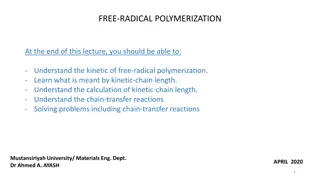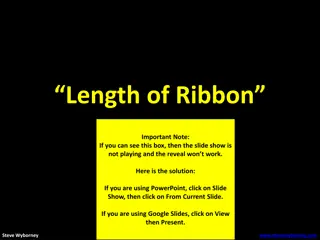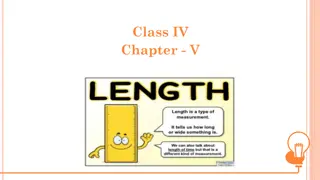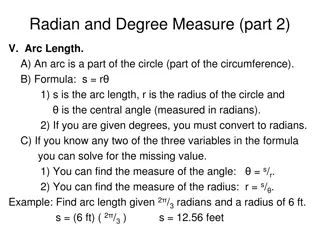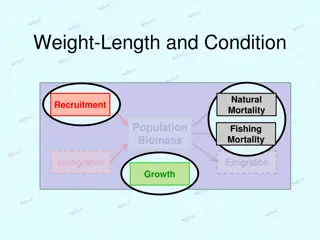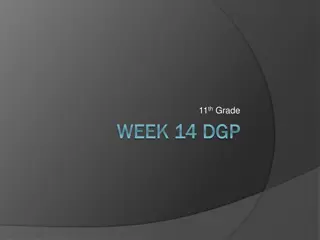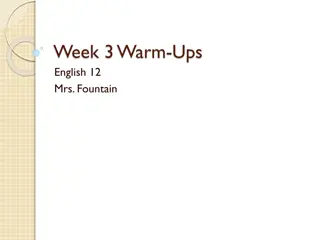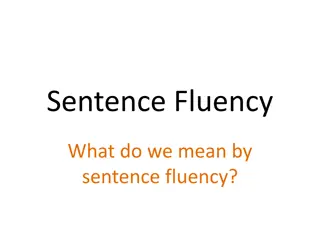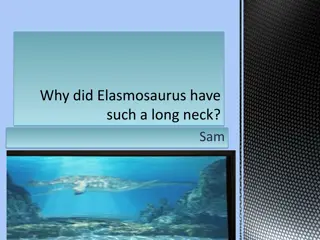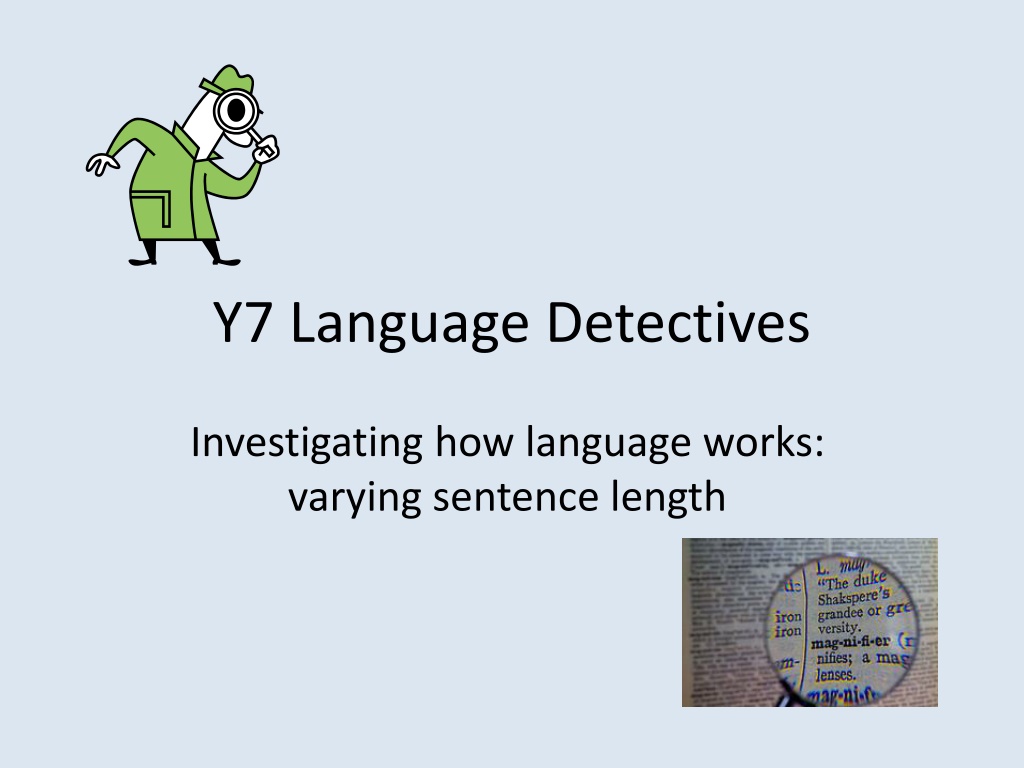
Exploring Sentence Length Variation in Fiction Writing
Writers can create tension in fiction writing by varying the length of sentences. This concept is illustrated through excerpts from "Jaws" by Peter Benchley, demonstrating how sentence structure impacts the narrative's pace and intensity. By strategically adjusting sentence lengths, authors can build suspense and engage readers effectively.
Download Presentation

Please find below an Image/Link to download the presentation.
The content on the website is provided AS IS for your information and personal use only. It may not be sold, licensed, or shared on other websites without obtaining consent from the author. Download presentation by click this link. If you encounter any issues during the download, it is possible that the publisher has removed the file from their server.
E N D
Presentation Transcript
Y7 Language Detectives Investigating how language works: varying sentence length
Shark attack! The great fish swam slowly. It followed the shoreline. Now it turned. The boy was resting. His arms dangled down. His feet and ankles dipped in and out of the water. He was not afraid. The water was calm. He wasn t really far from shore. But he wanted to get closer. He began to kick. He paddled towards shore. The fish saw the bubbles. It followed the boy. It was underneath the boy s lilo. Then it struck.
How can writers vary the length of sentences to create tension in fiction writing? Read the extract from Jaws by Peter Benchley. At the seaside, a boy is floating on his lilo, unaware that a shark is moving towards him underwater... The boy was resting, his arms dangling down, his feet and ankles dipping in and out of the water with each small swell. His head was turned towards shore, and he noticed that he had been carried out beyond what his mother would consider safe. He began to kick and paddle towards shore. His arms displaced water almost silently, but his kicking feet made erratic splashes and left swirls of bubbles in his wake. The fish did not hear the sound, but rather registered the sharp and jerky impulses emitted by the kicks. They were signals, faint but true, and the fish locked on them, homing. The boy stopped for a moment to rest. The signals ceased. The fish slowed, turning its head from side to side, trying to recover. The boy lay perfectly still, and the fish passed beneath him, skimming the sandy bottom. Again it turned. The boy resumed paddling. He kicked only every third or fourth stroke; kicking was more exertion than steady paddling. But the occasional kicks sent new signals to the fish. The fish rose. Nearly vertical, it saw the commotion on the surface. There was no conviction that what thrashed above was food, but food was not a concept of significance. The fish was impelled to attack: if what it swallowed was digestible that was food; if not, it would later be regurgitated. The mouth opened, and with a final sweep of the sickle tail, the fish struck.
Shark attack! The great fish swam slowly. It followed the shoreline. Now it turned. The boy was resting. His arms dangled down. His feet and ankles dipped in and out of the water. He was not afraid. The water was calm. He wasn t really far from shore. But he wanted to get closer. He began to kick. He paddled towards shore. The fish saw the bubbles. It followed the boy. It was underneath the boy s lilo. Then it struck.
Shark attack! The great fish had been swimming slowly, following the shoreline. But now it turned. The boy was resting, with his arms dangling down and his feet and ankles dipping in and out of the water. He was not afraid because the water was calm and he wasn t really far from shore, but he wanted to get closer so he began to kick, paddling towards shore. Seeing the bubbles, the fish followed the boy, until it was underneath the boy s lilo. Then it struck.





